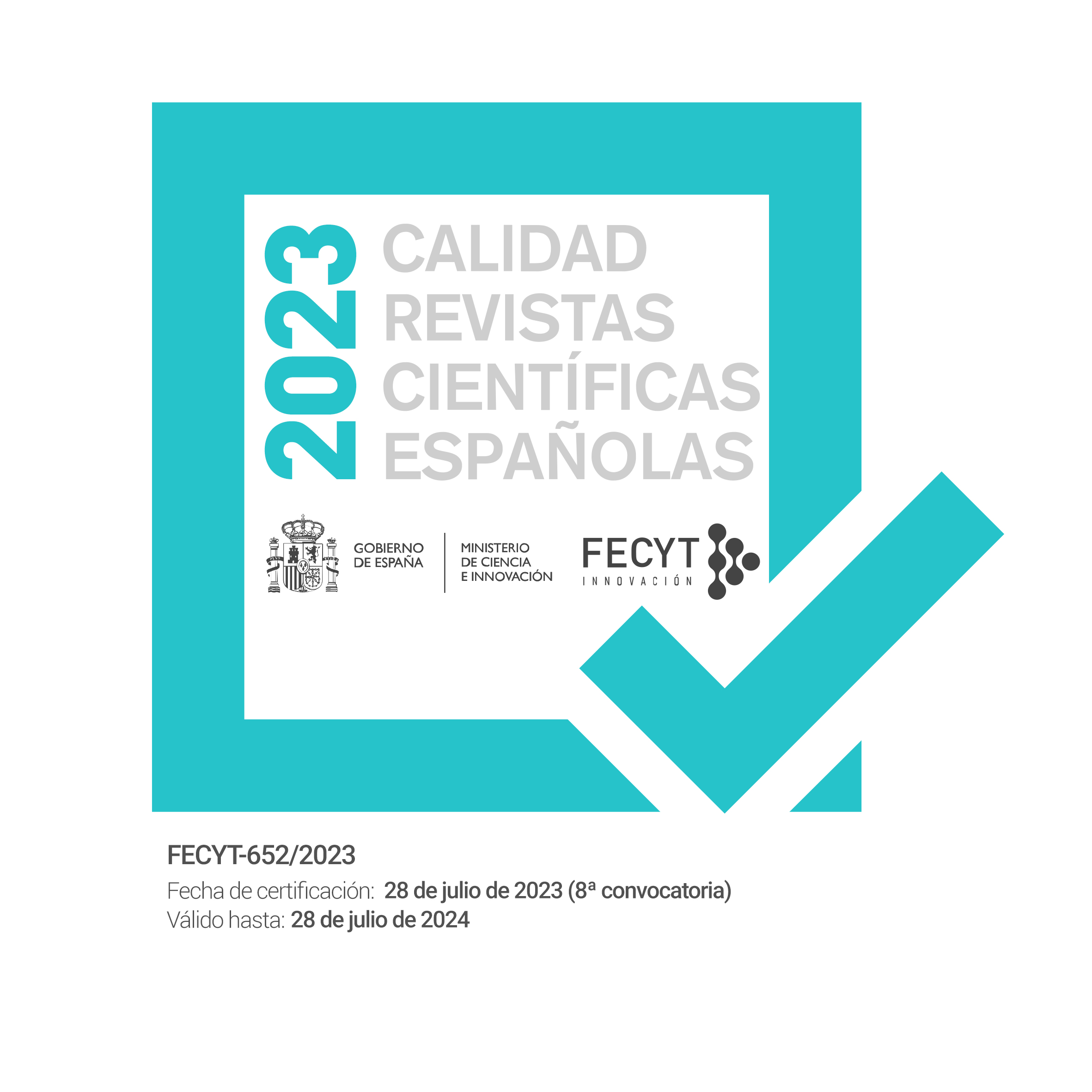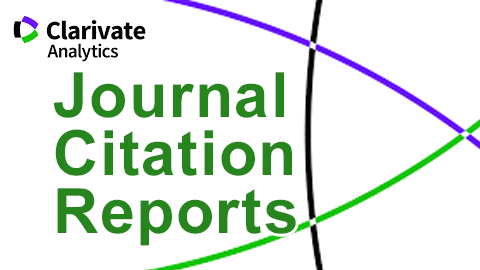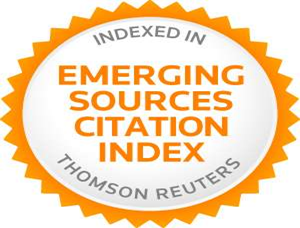El inglés oral empresarial en España: estado de la cuestión desde un punto de vista descriptivo y analítico
Resumen
Resumen. Competir a nivel internacional en el mundo empresarial actual se ha convertido en el principal objetivo de negocio de cualquier empresa. De ahí que sea fundamental el papel de la comunicación transfronteriza en empresas que busquen expansión en otros países para evitar el estancamiento que está produciendo la recesión económica actual. El éxito de dicha comunicación consiste en el dominio de la lengua inglesa en el entorno empresarial y a su vez, la adaptación a las diferentes culturas en las que se desarrolla la comunicación empresarial, pero no todos los países están preparados para esa comunicación. España es uno de los países con más necesidades lingüísticas de inglés, especialmente de inglés oral. En este artículo, resultado de un estudio realizado entre trabajadores de empresas españolas, analizaremos las necesidades comunicativas de inglés empresarial en dicho país y comprobaremos las diferentes perspectivas existentes dependiendo de los participantes.
Palabras clave: inglés empresarial, análisis de necesidades, comunicación oral en inglés.
Business oral English in Spain: State of the art from a descriptive and analytical point of view
Abstract. Competing internationally in today's business world has become the main business objective of any company. Hence, the role of cross-border communication companies seeking expansion into other countries to avoid the stagnation that is causing the current economic downturn. The success of such communication is the domain of the English language in the business environment and in turn, adapting to different cultures in which business communication takes place, but not all countries are ready for that communication. Spain is one of the countries with more English language needs, especially in oral skills. This paper is twofold, to reflect the state of the matter of oral English skills in Spanish business environment and to display the result of a study carried out among workers and head of Human Resources Departments of Spanish companies in which we analyze the communication needs of business English in this country and we will check the existing different perspectives that both groups have.
Keywords: Business English, needs analysis, oral communication in English.
Citas
Bargiela-Chiappini, F., y Nickerson, C. y Planken, B. 2007. Business Discourse. Basingstoke: Palgrave Macmillan.
Calle, C. y Pomposo, L. 2010. Estudio de la eficacia de actividades prácticas en el aula de inglés de negocios para mejorar las destrezas orales. Universidad de Vigo. Libro de actas de XXVIII Congreso de AESLA. Pp. 461-472. Vigo.
Casas Anguita J., J.R. Repullo Labrador y J. Donado Campos. 2003. La encuesta como técnica de investigación. Elaboración de cuestionarios y tratamiento estadístico de los datos. (I) Atención Primaria; 31(8):527-38
Chambers, F. 1980. A re-evaluation of needs analysis in ESP. ESP Journal I(1): 25-33.
Creswell, J. W. y Plano Clark, V. L. 2007. Designing and conducting mixed methods research. Thousand Oaks, CA: Sage.
Crosling, G. y Ward, I. 2002. Oral communication: the workplace needs and uses of business graduate employees. English for Specific Purposes, 21. Págs 41-57.
Crystal, D. 1997. English as a Global Language. Cambridge: Cambridge University Press.
Denscombe, M. 2010. The Good Research Guide. Fourth Edition. New York. McGraw Hill.
Dornyei, Z. y Taguchi, T. 2010. Questionnaires in Second Language Research: Construction, Administration and Processing. New York: Routledge.
Dudley-Evans, T. y St. John, M. 1998. Developments in ESP: A multidisciplinary Approach. Cambridge: Cambridge University Press.
EF EPIC :English Proficiency Index in Companies. 2012. www.ef.com/epic.
Ellis, M. y Johnson C. 1994. Teaching Business English. Oxford. Oxford University Press.
European Commission and The National Center of Languages. 2006. ELAN: Effects on the European Economy of shortages of Foreign Language Skills in Enterprises.
Global English Corporation: BEI: Business English Index. 2013. Pearson.
Graddol, D. 2000. The Future of English. London: British Council.
Hale, S. 1996. Pragmatic considerations in court interpreting. Australian Review of Applied Linguistics, 19(1), págs: 61-72
Hollqvist H., 1984. The use of English in three large Swedish companies. Uppsala: Studia Anglistica Uppsaliensa, 55.
Hutchinson, T. y Waters, A. 1987. English for Specific Purposes: a Learning-centred approach. Cambridge. Cambridge University Press
Johns y Dudley-Evans. 1991. English for Specific Purposes: international in scope, specific in purpose». TESOL Quarterly, 25/2:297-314.
Kachru, B. B. 1985. Standards, codification and sociolinguistic realism: the English language in the outer circle. En R. Quirk & H. G. Widdowson (Eds.), English in the World (pp. 11–30). Cambridge: Cambridge University Press.
Louhiala-Salminen, L. 1996. The business communication classroom vs reality: what should we teach. English for Specific Purposes. Vol 15 (1) pags: 37-51.
Maes, J., Weldy, T. y Icenogle, M. 1997. A managerial perspective: oral communication competency is most important for business students in the workplace». The Journal of Business Communication, Volume 34, Number I, January. Págs: 67-80
Moreno, A. I. 2003. Análisis de Necesidades para el Aula de Lengua Inglesa en Filología Inglesa: Un Estudio de Caso. BELLS (Barcelona English Language and Literature Studies), 12 [online]. http://www.publicacions.ub.es//revistes/ bells12/PDF/art10.pdf
Ongallo, C. 2007. Manual de comunicación: Guía para gestionar el conocimiento, la información y las relaciones humanas en empresas y organizaciones. Librería-Editorial Dykinson.
Reinsch, L. 1996. Business communication: present, past, and future. Management Communication Quarterly, 10(1), 27-49.
Robson, C. 2003. Real World Research: A Resource for Social Scientists and Practitioner-Researchers. Oxford. Blackwell Publishing.
Scollon, R. y Scollon, S. 1995. Intercultural communication. Oxford: Blackwell.
Truchot C. 2001. Langues et supranationalité en Europe: l'influence linguistique de l’Union européenne, en Maurais J. et Morris M.A. (dir.), pp.231-248.
Vivanco, M. (2005). Muestreo estadístico. Diseño y aplicaciones. Editorial Universitaria.
Vivanco, V. 2009. Holistic versus communicative approach in assessing oral production in English. Revista electronica de investigación y evaluación educativa. (RELIEVE). 15(2). Págs. 1-14.
Descargas
Publicado
Número
Sección
Licencia
Reconocimiento – No comercial (CC BY-NC). Bajo esta licencia el usuario puede copiar, distribuir y exhibir públicamente la obra y puede crear obras derivadas siempre y cuando estas nuevas creaciones reconozcan la autoría de la obra original y no sean utilizadas de manera comercial.
Los autores retienen todos sus derechos de publicación y copyright sin restricciones.








